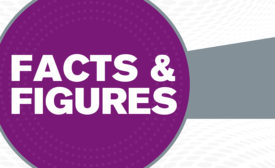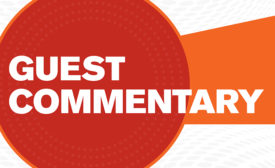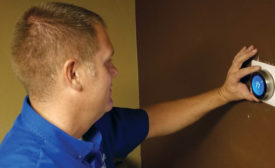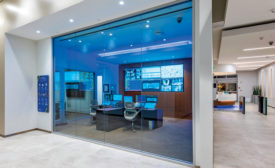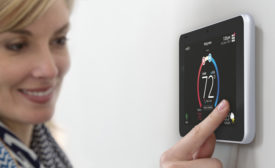Home » HVAC sales
Articles Tagged with ''HVAC sales''
Does Peak HVAC Pricing Result in Piqued Customers?
Experts debate raising prices during busy times
Read More
The Customer Experience is a Matter of Mindset and Process
Addressing the beginning of the service visit
Read More
Contractors Use Smart Sales for Smart Homes
HVAC contractors, manufacturers share how to close the deal
Read More
Buildings: the Next Frontier in the Internet of Things (IoT)
Automation in commercial HVAC brings whole-building focus
Read More
Here’s How Tradespeople Can Improve How They Invoice
Tips on how to ensure your techs are getting paid on time, every time
Read More
Copyright ©2024. All Rights Reserved BNP Media.
Design, CMS, Hosting & Web Development :: ePublishing
